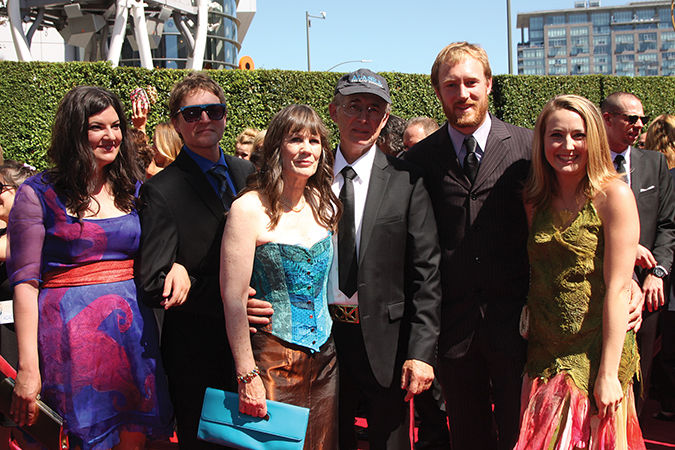I’m not sure what is worse, the fact that there are more than 25 shows on television that have Alaska as their principle back drop, or the fact that I have seen portions of just about every one of them. I am either an astute observer of demographic and ratings trends in the television industry, or somebody who needs to find a hobby.
Some of these shows, like “Alaska: The Last Frontier,” are in their essence family shows — meaning they are about real families living in real situations and most of the “plot lines” are generated in an organic fashion, with only an inkling of the artificial touch of a reality TV producer’s hand.
“The Last Frontier” is about inter-generational homesteaders who have turned living in this sometimes harsh environment into a kind of art form. And although I have yet to see any semblance of ritualistic religious belief in any direction, the life that the families pursue with gusto in many ways mirrors scripture (Ecclesiastes 3:1-9).
The multiple family units that make up the “cast” in “Alaska: The Last Frontier” are a very likeable lot in their own quirky and unique way. They probably think I live a rather quirky and unique existence, going to a supermarket to purchase food somebody else has killed and prepared for me to eat. And I shudder to think what a house I built by hand would look like … My guess is a cross between Dr. Seuss and Lewis Carrol.
Alaska itself is the biggest star in all of these shows, and it is hard to look at its grandeur and beauty without thinking of God and His perfect sense of exterior design. Maybe the families that have to live so in the moment in this environment don’t have time to think of God in more formal terms. There are references to things spiritual in almost all of these Alaska shows, but I have yet to detect any kind of formal expression of it. To be fair, this may be a part of their lives they believe to be private and not fodder for reality TV.
The lesser shows of the Alaskan motif one finds on television don’t have the same allure to me, although they must appeal to many, as television will saturate a concept to the extreme in order to squeeze every ounce of revenue from one good idea until it won’t tolerate another car commercial or infomercial about the next miracle product that will change your life forever for only $19.95.
Two Alaska shows in particular seem to have reached the saturation point, for me at least, even though I find them both simultaneously fascinating and troubling. “Life Below Zero” on the National Geographic Channel and “Alaskan Bush People” on Discovery are that classic “reality” show mix of the very real and the very, very planned.
The jury is frankly still out whether the show “Alaskan Bush People” is genuine or even half real, but despite its sketchy pedigree, the premise that is being purported is what I find troubling, regardless of its veracity as it pertains to the family we are supposedly following. In short, a large family of mostly adult children and their parents live completely off the grid in the Alaskan wilderness, building a homestead for themselves. Unlike real homesteaders (like those in “Alaska: The Last Frontier”), the Brown family in “Alaskan Bush People” seeks complete isolation.
From the very beginning of our salvation history, God understood it was not good for man to be alone. I’m all for self-reliance and hard work, but there are times when we really do need others and others need us. That is the model the Lord mapped out and it’s the game plan shows like “Alaskan Bush People” rejects. The families in “Alaska: The Last Frontier” live in a community … albeit a rather spread out community; but when someone needs a hand with their cattle or with having enough food for the long hard winter, the families bond together and help their friends and neighbors.
Not so for the “Alaskan Bush People,” who in every episode that I have seen keep emphasizing their desire for a place for themselves and only for themselves. I did see an episode, probably a repeat, where some of the adult sons talked about finding a wife, but only in the context of bringing her back to live in their self-imposed familiar isolation.
“Life Below Zero” on Discovery is also about isolation, but in an even more severe form. Not even the most cloistered monastery or convent on earth can match the solitude some of the real life characters in this show not only experience, but actively seek. There are a few families highlighted in this show about people living at the very edge of human endurance dancing precariously close to the Arctic Circle, but it is the people who live by themselves, with very limited human contact, that leaves me, well, cold.
I can’t help but wonder what in the backgrounds of these solitary extremists turned them so viscerally against contact with any of the other 6 billion humans on the planet.
Scripture makes clear our natural state is communal. “Let us be concerned for each other, to stir a response in love and good works. Do not stay away from the meetings of the community, as some do …” (Hebrews 10: 24-25). Why these Alaskan stalwarts reject God’s greatest creation is probably a topic for another show set in Alaska.

